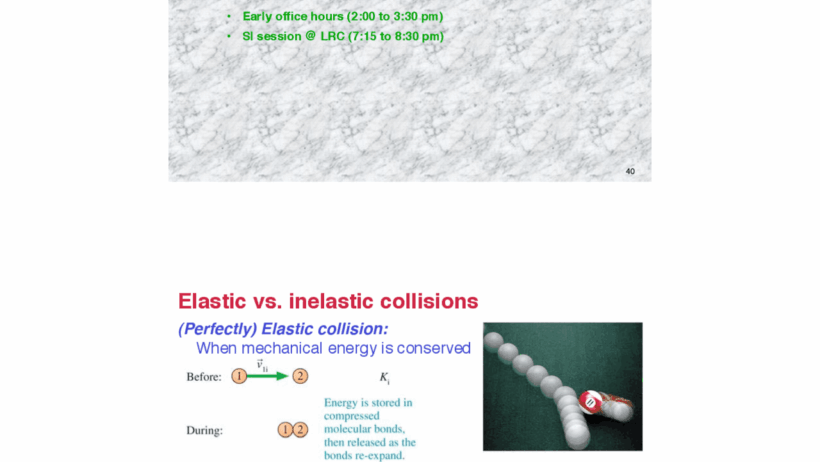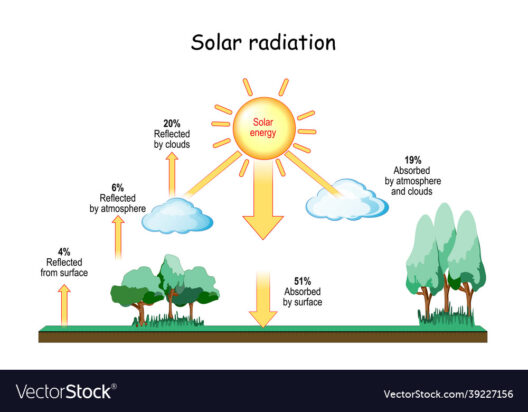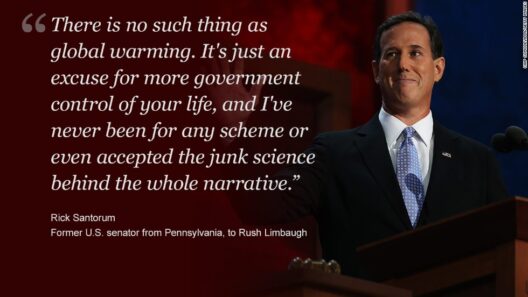Kinetic energy is a fundamental aspect of physics, representing the energy possessed by an object due to its motion. Understanding whether kinetic energy can be conserved during collisions is pivotal in the broader scope of mechanics and energy conservation. This discourse delves deep into the elastic and inelastic collision debate, elucidating their distinctions, implications, and theoretical frameworks.
Regarding collisions, two primary categories emerge: elastic and inelastic. In elastic collisions, both momentum and kinetic energy are conserved. Conversely, inelastic collisions conserve momentum while kinetic energy is not. This fundamental dichotomy raises profound questions about energy transfer, transformation, and the conservation laws governing physical interactions.
Elastic Collisions
Elastic collisions represent a remarkable phenomenon where colliding entities rebound without any loss of kinetic energy. A quintessential example can be observed in the collision of gas molecules. Here, the interactions are perfectly elastic, a condition sustained under ideal circumstances. Analysis reveals that both momentum and kinetic energy remain intact. The equations governing elastic collisions are expressed through both the conservation of momentum:
M1V1i + M2V2i = M1V1f + M2V2f
and the conservation of kinetic energy:
1/2 M1V1i2 + 1/2 M2V2i2 = 1/2 M1V1f2 + 1/2 M2V2f2
In practical terms, elastic collisions often manifest in systems exhibiting minimal energy dissipation. Perfectly elastic collisions are theoretically modeled scenarios; real-world instances may deviate slightly due to factors like friction and deformation.
Inelastic Collisions
In stark contrast, inelastic collisions encapsulate scenarios where kinetic energy is dissipated, often transforming into other forms of energy, such as thermal energy or sound. A poignant illustration is the collision of two cars during an accident; the kinetic energy is transformed into heat from friction, sound, and permanent deformation of the vehicles. Although momentum is still conserved, the kinetic energy equation is altered:
M1V1i + M2V2i = M1V1f + M2V2f
While the momentum before and after the collision is equal, kinetic energy is not. The assessment of energy lost is vital. Mathematically, it is represented as:
ΔKE = KEinitial – KEfinal
This energy loss illustrates the dispersal of kinetic energy into other modalities, effectively highlighting the consequences of inelastic collisions in both engineered systems and natural phenomena.
Applications and Implications
The implications of elastic and inelastic collisions extend far beyond theoretical physics. Chemists, engineers, and environmentalists often integrate principles of these collision types into practical applications. For instance, understanding the kinetic energy dynamics of elastic collisions serves in fields like materials science, where the integrity of materials under stress is paramount. Conversely, inelastic collisions reveal insights into the energy wasted in vehicle collisions, prompting innovations in safety measures and energy-efficient automotive designs.
Moreover, in sports, the principles of elastic collisions can improve understanding on how factors like ball composition and surface affect energy transfer, enhancing performance and strategy. Each area showcases the profound importance of recognizing the distinctions between elastic and inelastic collisions, crafting avenues for research and development.
Conservation Laws in a Broader Context
Understanding conservation laws provides a broader context for kinetic energy dynamics in both elastic and inelastic collisions. The law of conservation of momentum serves as a robust framework supporting analytical techniques used across various domains, including aerospace dynamics and mechanical engineering. In investigating collision effects, both momentum and energy serve as pivotal metrics. However, while momentum is always conserved, kinetic energy is conditionally so, hinging on collision type.
The debate surrounding kinetic energy conservation spans into various research fields, including quantum mechanics and relativistic physics. Quantum approaches often witness unconventional interpretations of energy transfer, challenging classical understandings. Additionally, relativistic effects under high-velocity contexts may yield scenarios where classical frameworks fail, prompting further investigation into underlying principles governing energy and momentum interactions.
Conclusion
In conclusion, the discourse surrounding the conservation of kinetic energy during collisions underscores the intricate relationship between motion and energy. Elastic collisions illuminate the beauty of energy conservation, while inelastic interactions provide a pragmatic perspective on real-world implications and energy dissipation. By grasping these concepts, one can better appreciate the principles governing our physical universe, urging the pursuit of energy efficiency and sustainability in technology and infrastructure.








